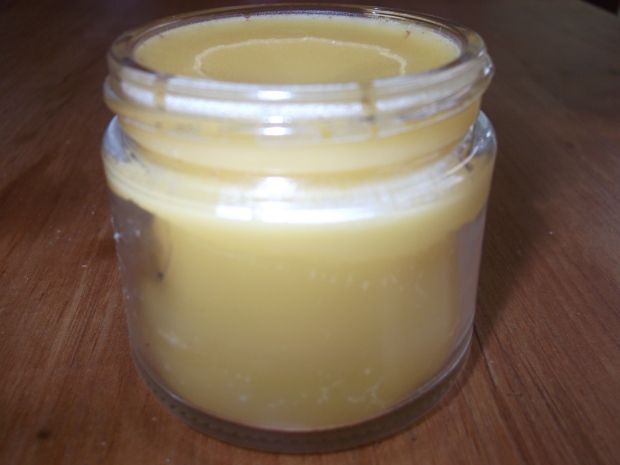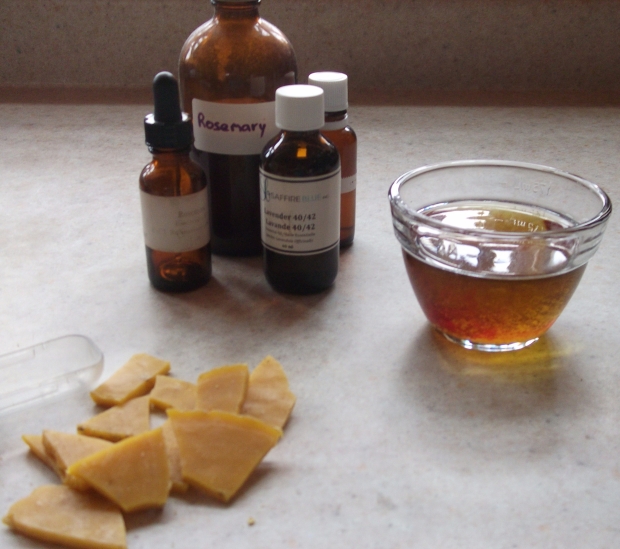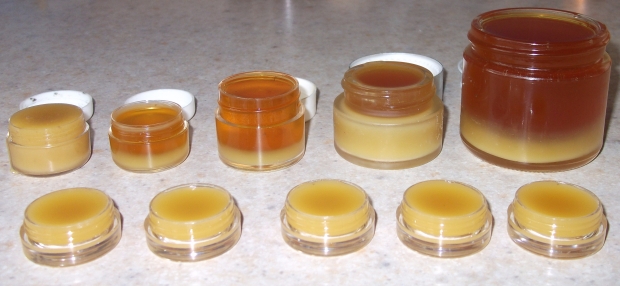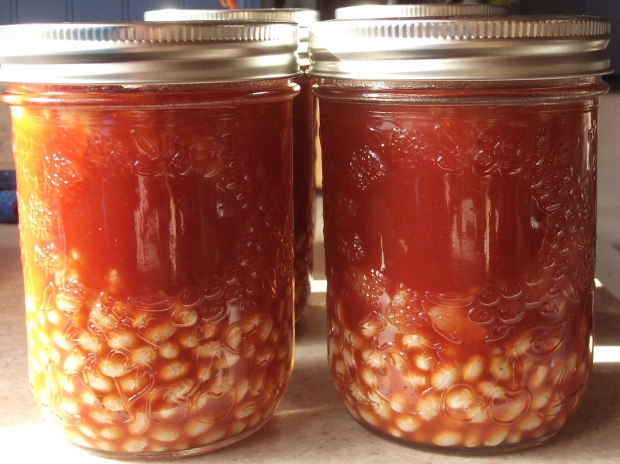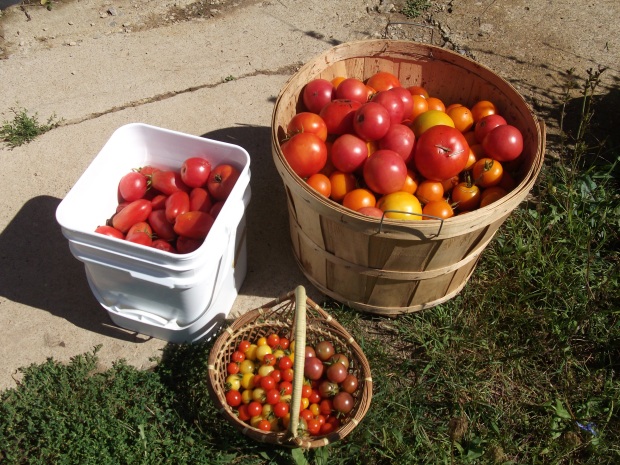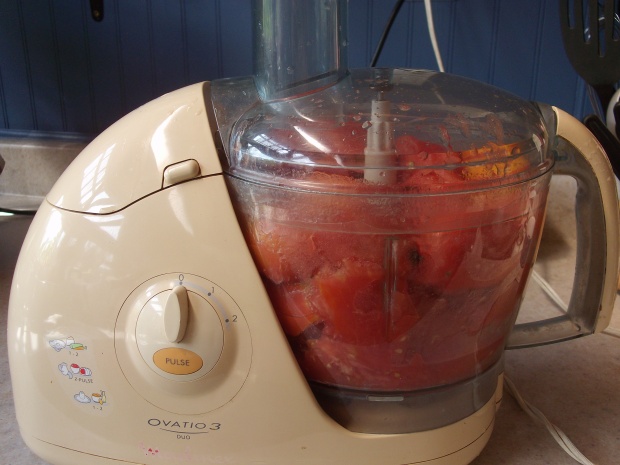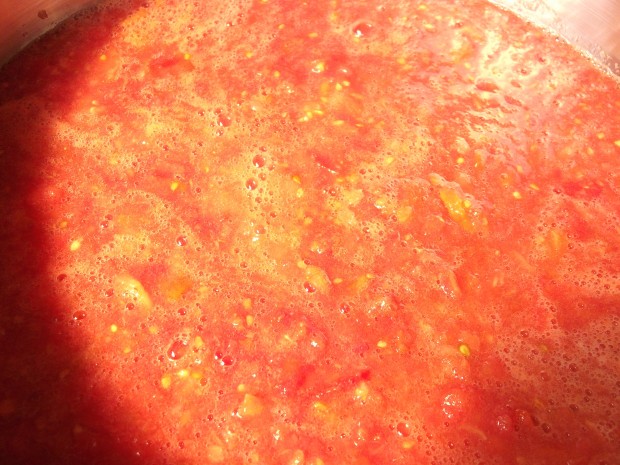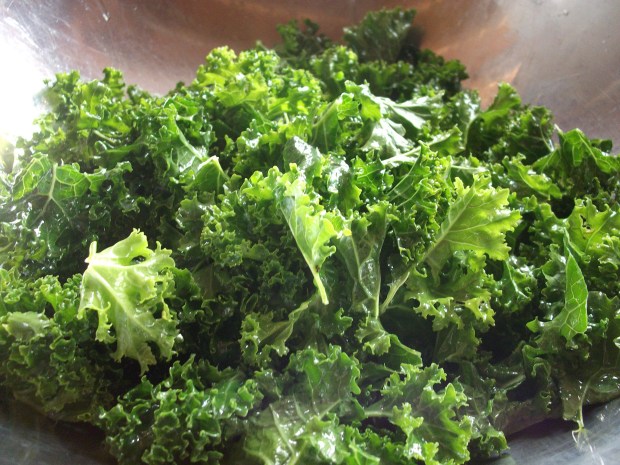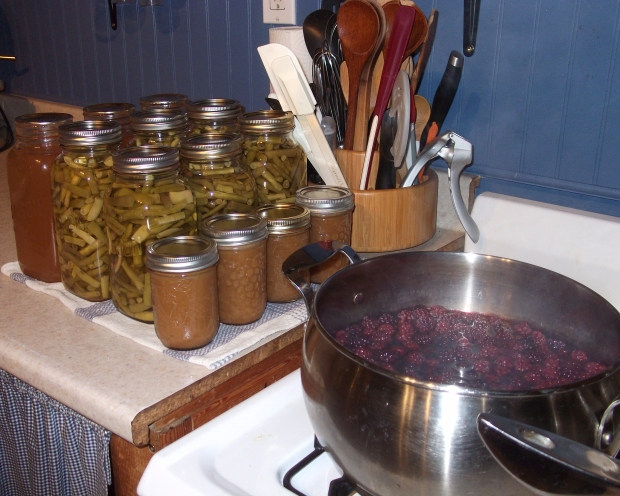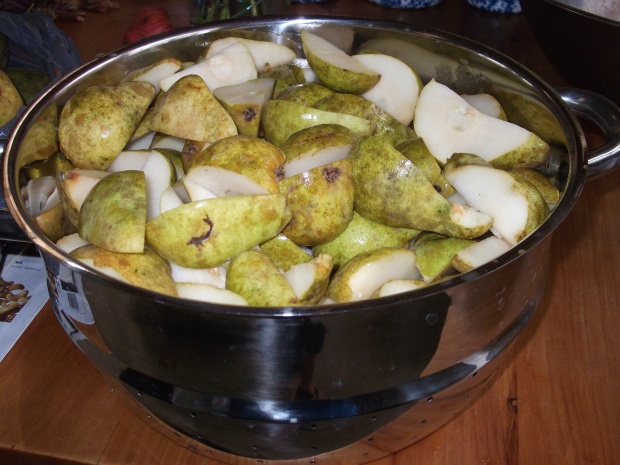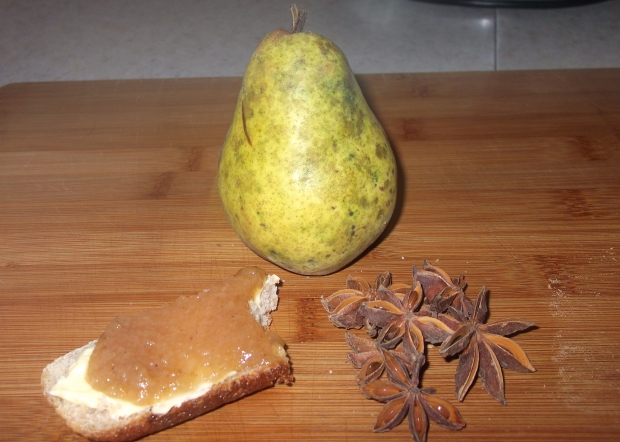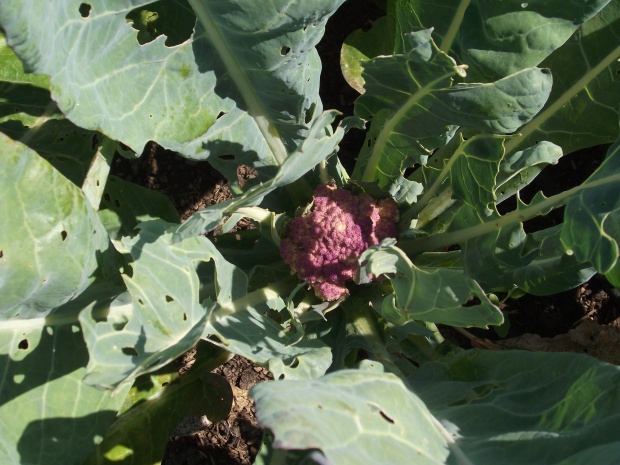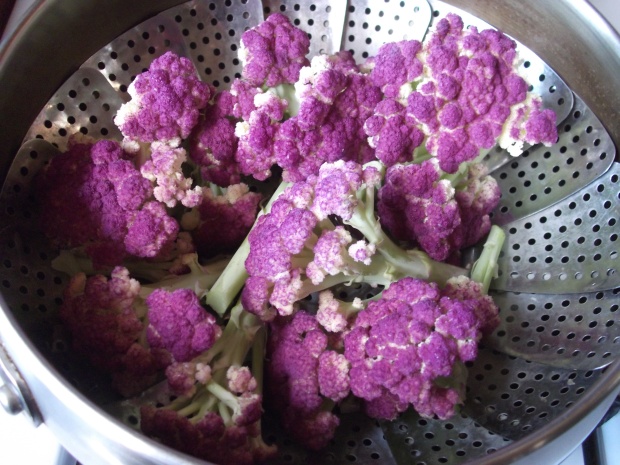I gave up eating donuts many years ago.
Besides not needing all those calories, I hated the unhealthy canola oil that was used to fry them in, plus all that sugar and yucky dough…. it was not a hard thing to give up.
Fast forward a few years. We were visiting some wonderful friends who liked making healthy donuts.
I can just see you frowning and shaking your head. But it’s true! Let me explain.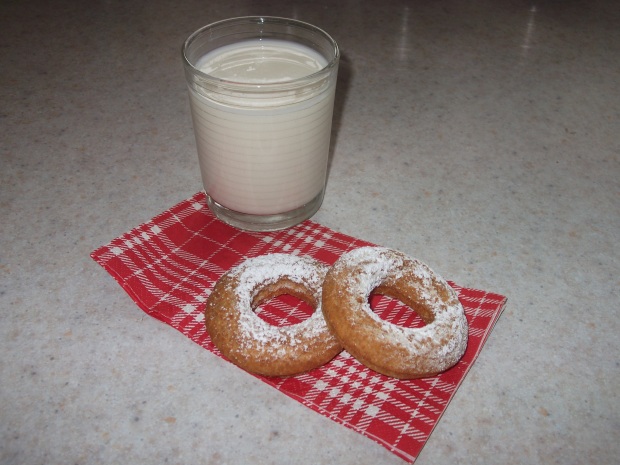
First of all they prepared flour from freshly ground spelt kernels and soaked the flour in a sour cream mixture for 8 hours or overnight. This neutralizes the phytic acid in the flour, making the finished product more digestible.
Later that day, they heated up some tallow, rendered from their own beef fat, and used that to fry their donuts in.
Wholesome, yummy, lip-smacking, tasty donuts.
Did I mention that even the kids went nuts for these?
Our friend could hardly keep up at first, only when the kids (and I must admit, the adults too) were full, did the donuts finally start filling the cooling rack. 🙂 Luckily she had a huge batch going.
Later, with gifted tallow from our friends, I tried making donuts too at home, the first attempt was a bit of a failure, but the following batches were quite successful.
Making donuts is not something I do often. Maybe once a year. But it’s always memorable and I make a nice, big batch. They always disappear fast.
During my last donut-making session I decided to take some pictures and share.
These are the only donuts I will eat. 🙂
Healthy Donuts:
- 4 cups flour (freshly ground and lightly sifted, if possible, to get the optimum nutrition)
- 1.5 cups sour cream
Mix well and let sit overnight, or at least for 8 hours. The dough will be stiff, not very pliable, see below.
Next morning add:
- 2 eggs
- 1 t baking soda
- 1 t baking powder
- 1 t sea salt
- 1 1/2 c sugar
- 1 1/2 – 1 3/4 c flour (unbleached white) to thicken
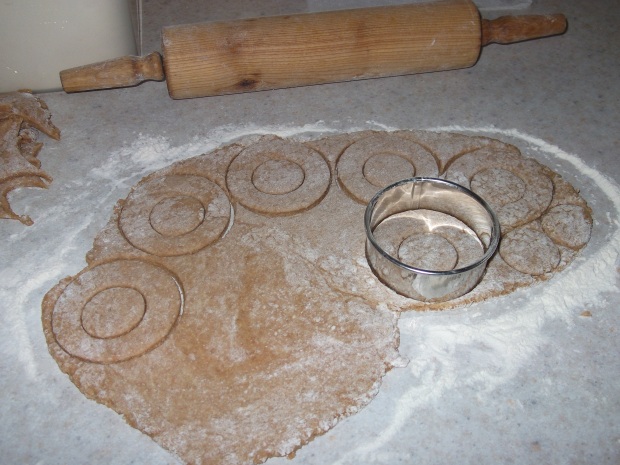
Sprinkle your (clean) counter top with some flour and roll out the dough, half an inch thick or slightly thinner, cut the donuts and bits with a donut or biscuit cutter and pop the donuts in the oil/fat that you’ve heated up in a Dutch oven (or deep fryer), they will sink to the bottom.

Once the donuts float to the top you can then turn them, 1 – 2 minutes per side or until golden-brown.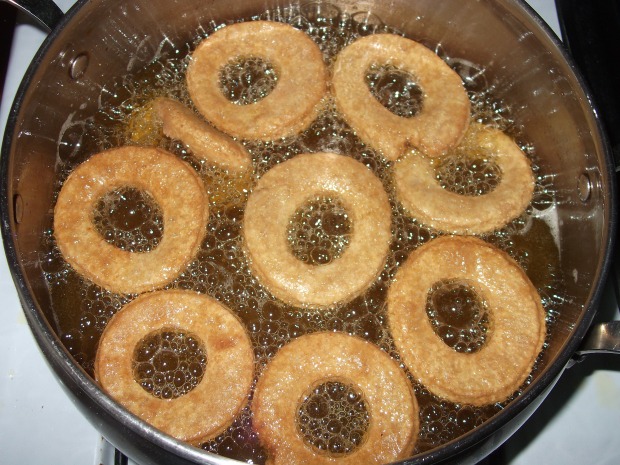
Lift the fried donuts and set them on a cookie sheet lined with several layers of paper towel, this will absorb some of the fat. Sprinkle donuts with icing sugar if you wish…..I wished.
Let cool, eat until full 🙂 and put remaining donuts in an air-tight container, they will keep for several days if you are able to hang on to them for that long.
This batch makes at least 30-40 small to medium-sized donuts plus their Canadian called Timbits, donut holes in the states, or trous de beigne en francais.
 lavender, comfrey, plantain, calendula, Saint John’s Wort (SJW), arnica, etc.
lavender, comfrey, plantain, calendula, Saint John’s Wort (SJW), arnica, etc.